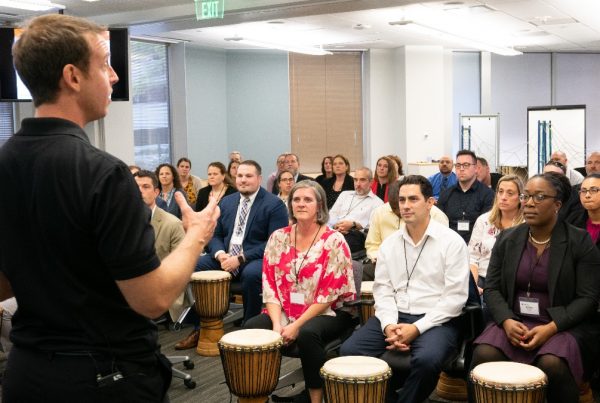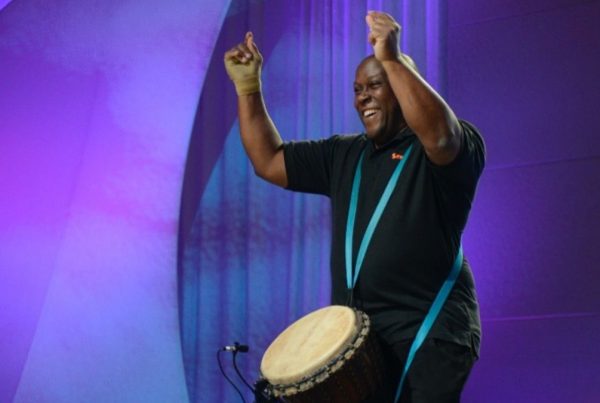In last month’s blog, I made the case that the art of listening is an often-overlooked skill in the world of business communication. Research at Florida State University and Michigan State University finds that the average listener forgets 75% of a talk they heard only 2 months ago and that in subjects we have barely learned, we forget up to 66% of a talk within eight hours!
This may be caused by the difference in the speed at which we think versus the speed at which we speak. According to research published in the Harvard Business Review, the average American speaks at a speed of 125 words per minute. This is a very slow rate of information transfer given the processing capacity of the human brain’s 13 billion cells, which operate in an incredibly complicated and efficient manner. The difference between speaking and thinking rates means that while we listen, we continue to think at high speed. The brain generates hundreds of thoughts other than those spoken to us, tempting us into mental sidetracks.
By no fault of their own, as products of the modern education system, many of today’s professionals may not be aware of the current general lack of listening skills, nor of the potential benefits of increased training in this area. If we look at the problem from the perspective of the differential between rates of speaking and thinking, and the tendency of the mind to wander while listening, the concept of mindfulness presents itself as an immediately useful ability. If we can use mindfulness to keep ourselves present in our listening, we avoid allowing the brain’s impressive processing capacity to sidetrack us.
In a recent Forbes article making the case for mindfulness as a money-making business skill, Dr. Jon Kabat-Zinn is quoted as defining mindfulness as “paying attention in a particular way; on purpose, in the present moment . . .” In a second Forbes article, author Todd Essig writes that mindfulness can result from specific training, and be an enduring feature of one’s personality. Companies such as Intel, Google, and General Mills are already using mindfulness to lower health costs, improve employee productivity, and reduce employee stress.
While there are many ways to train mindfulness, research shows that including music as a tool provides some very powerful results. Research by the University of Oregon on mindfulness and attention during music listening found that participants experienced a heightened state of attention while listening to music as compared to a baseline. Playing music has even greater results. Research using brain QEEG readings showed that playing drums organizes neural firing in the pre-frontal cortex into a state associated with alertness. Further brain studies found an increase in the size and function of the corpus callosum, the area of the brain involved with communication, amongst those who study music vs. those who do not. Plus, in our own experience of delivering music-based training programs around the globe, engaging in music is just plain fun! Music is clearly a unique and experiential way to train mindfulness which can yield improved communication in the business world.
Author and trainer Brian Tracy say, “Communication is a skill that you can learn. It’s like riding a bicycle or typing. If you’re willing to work at it, you can rapidly improve the quality of every part of your life.” As leaders, we’ve been trained in reading, writing, and speaking, and now it’s time to improve our communication by focusing on the lost art of listening. Mindfulness is the key, and the universal language of music offers a powerful tool to get us communicating in ways that can improve our organizations, our careers, and our lives.
To learn more about using music for experiential learning in the areas of communication and leadership, email us at connect@sewabeatsusa.com or call us at 1-800-273-1465.





